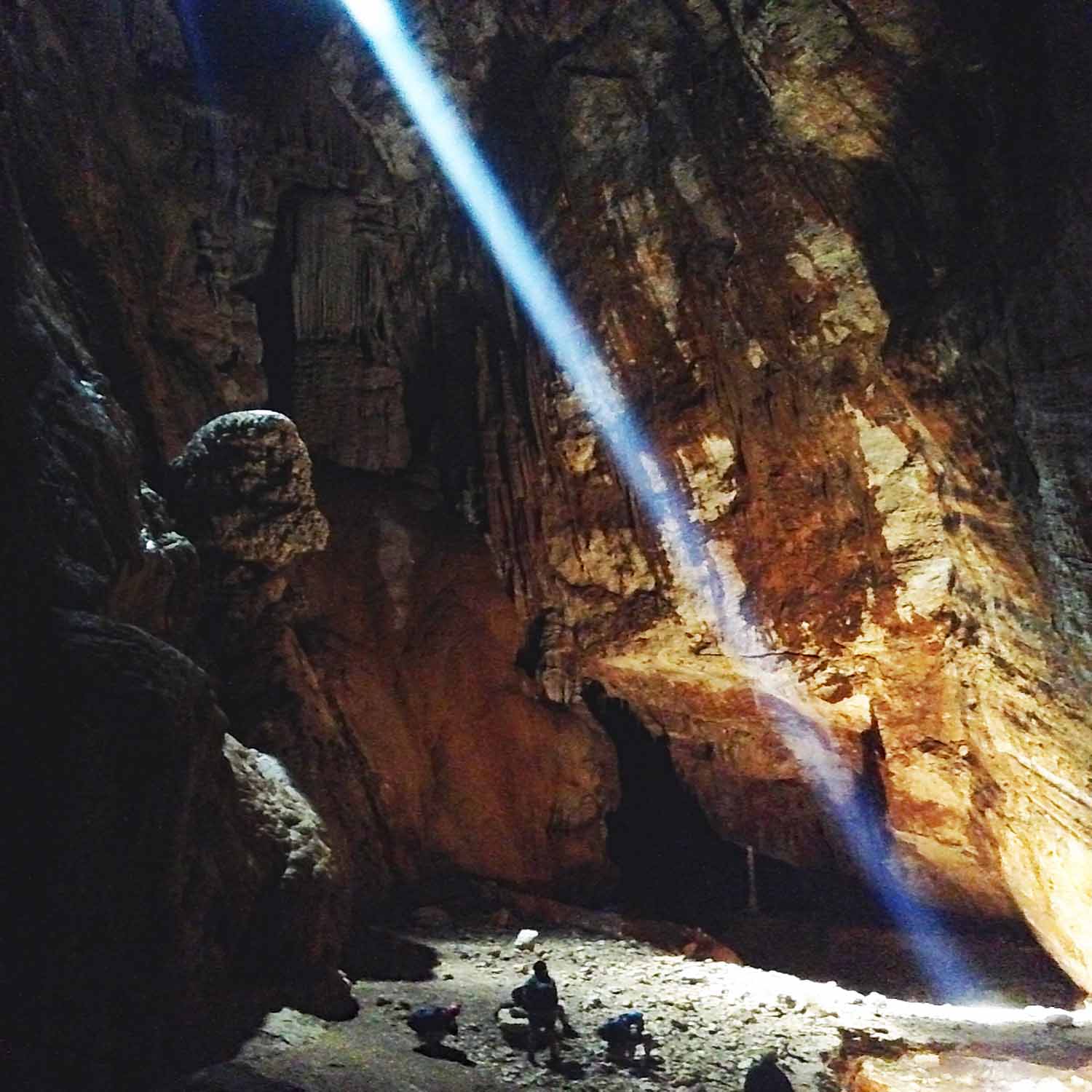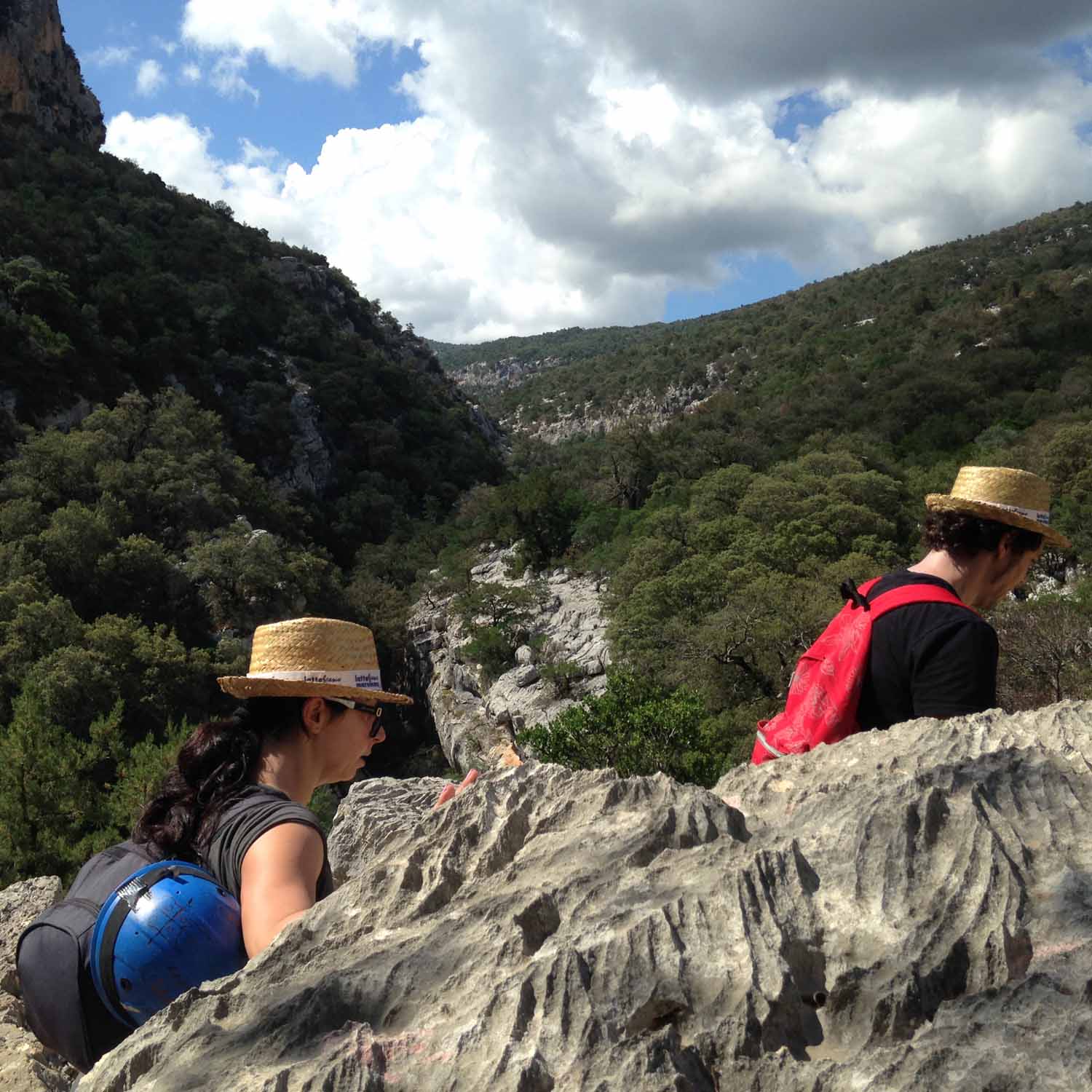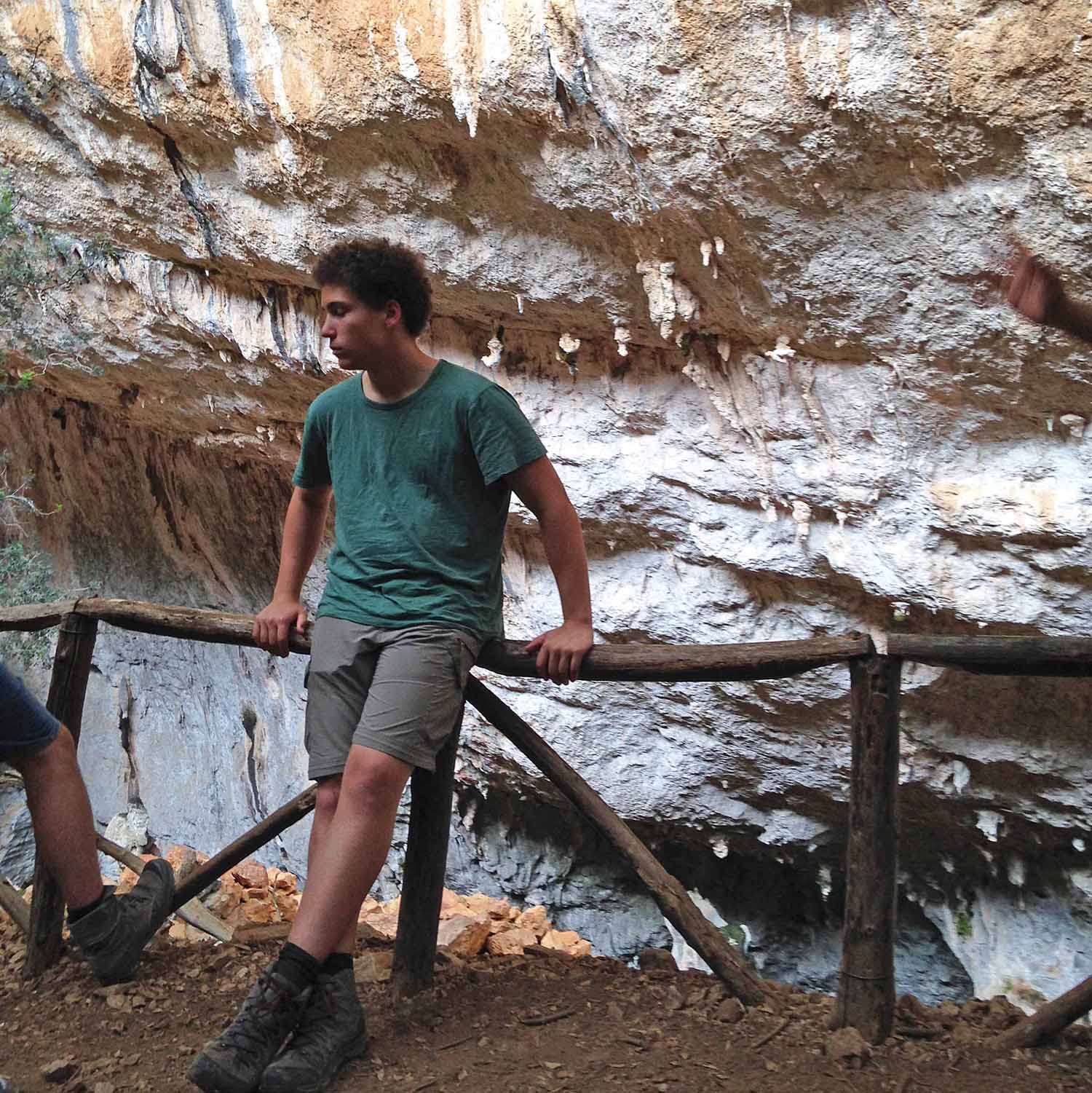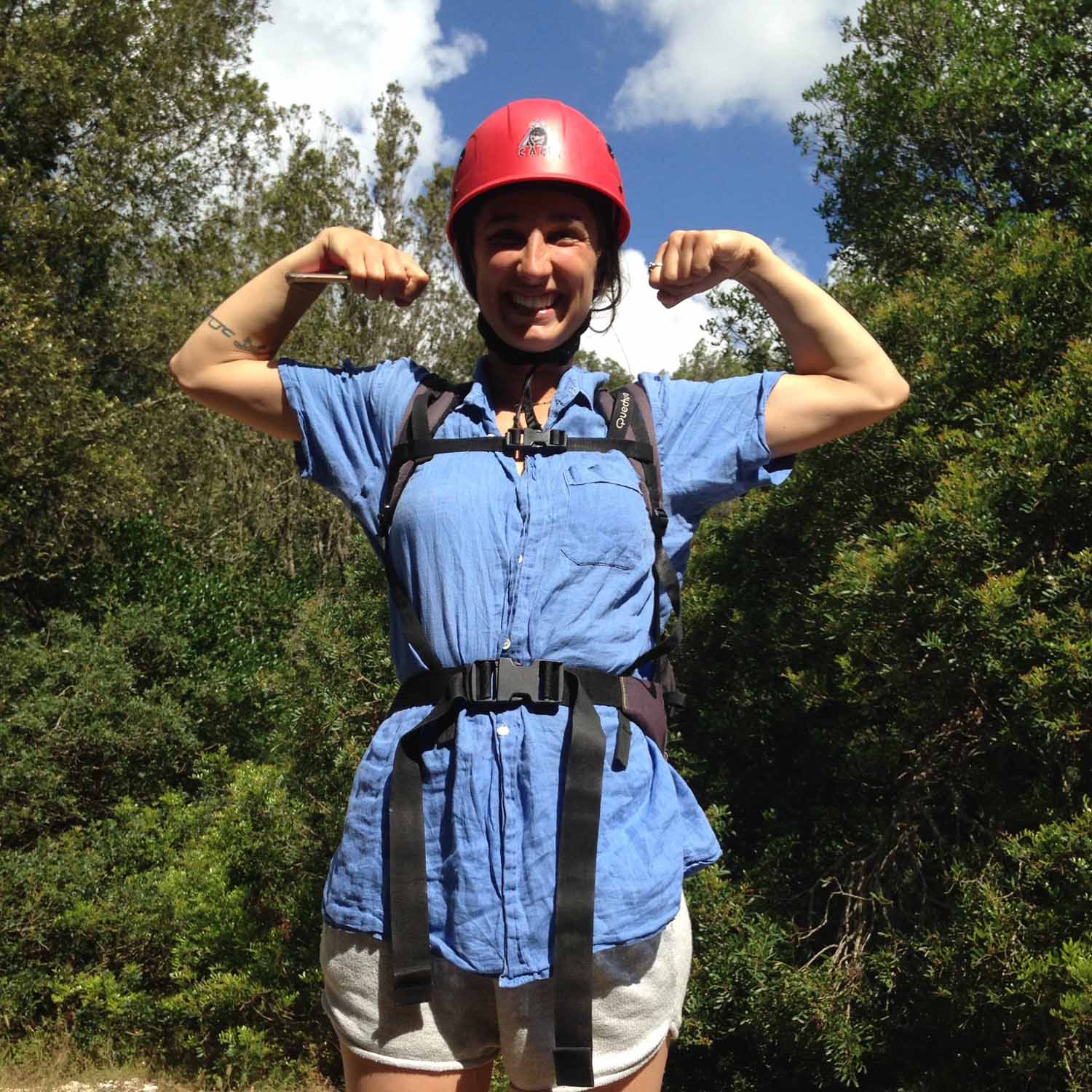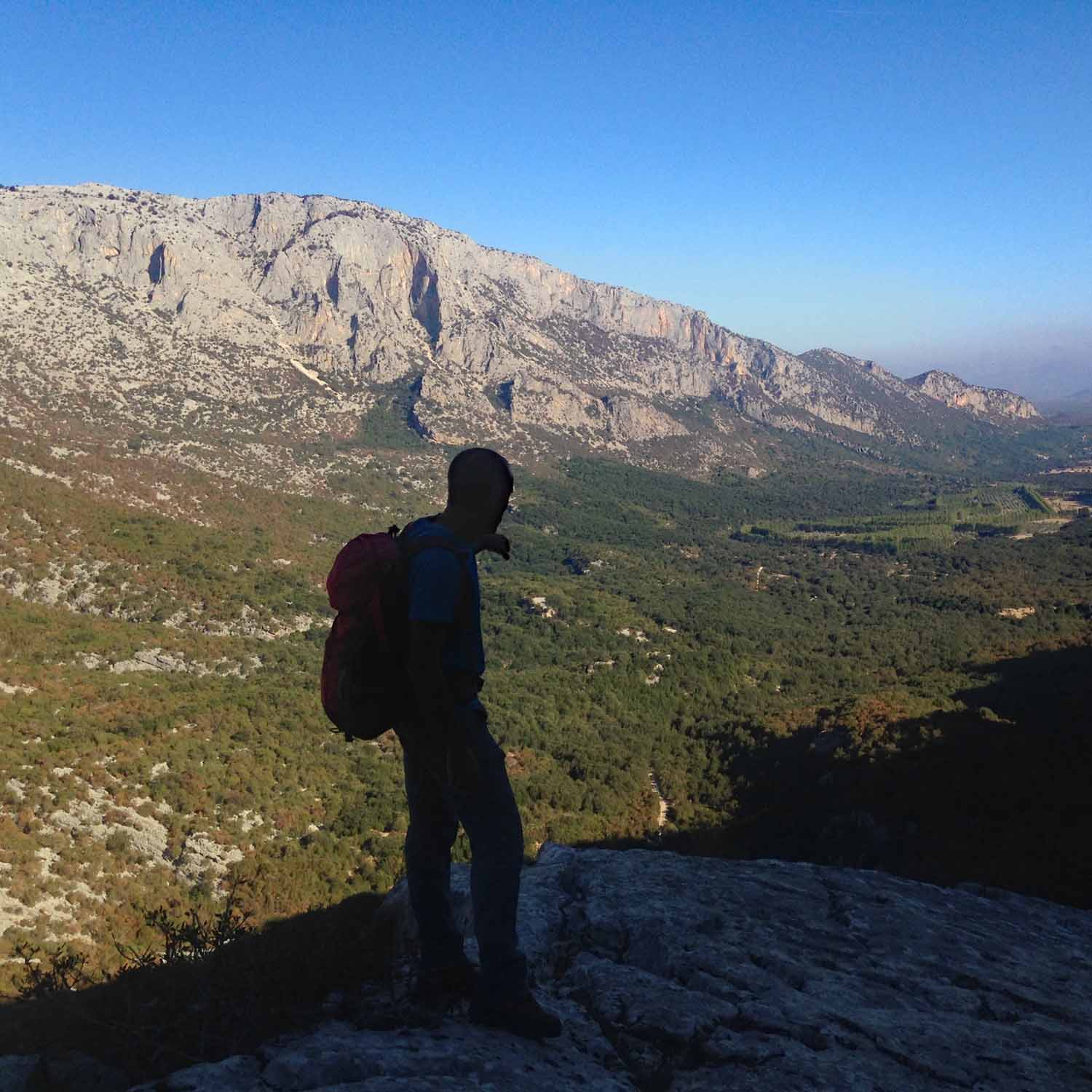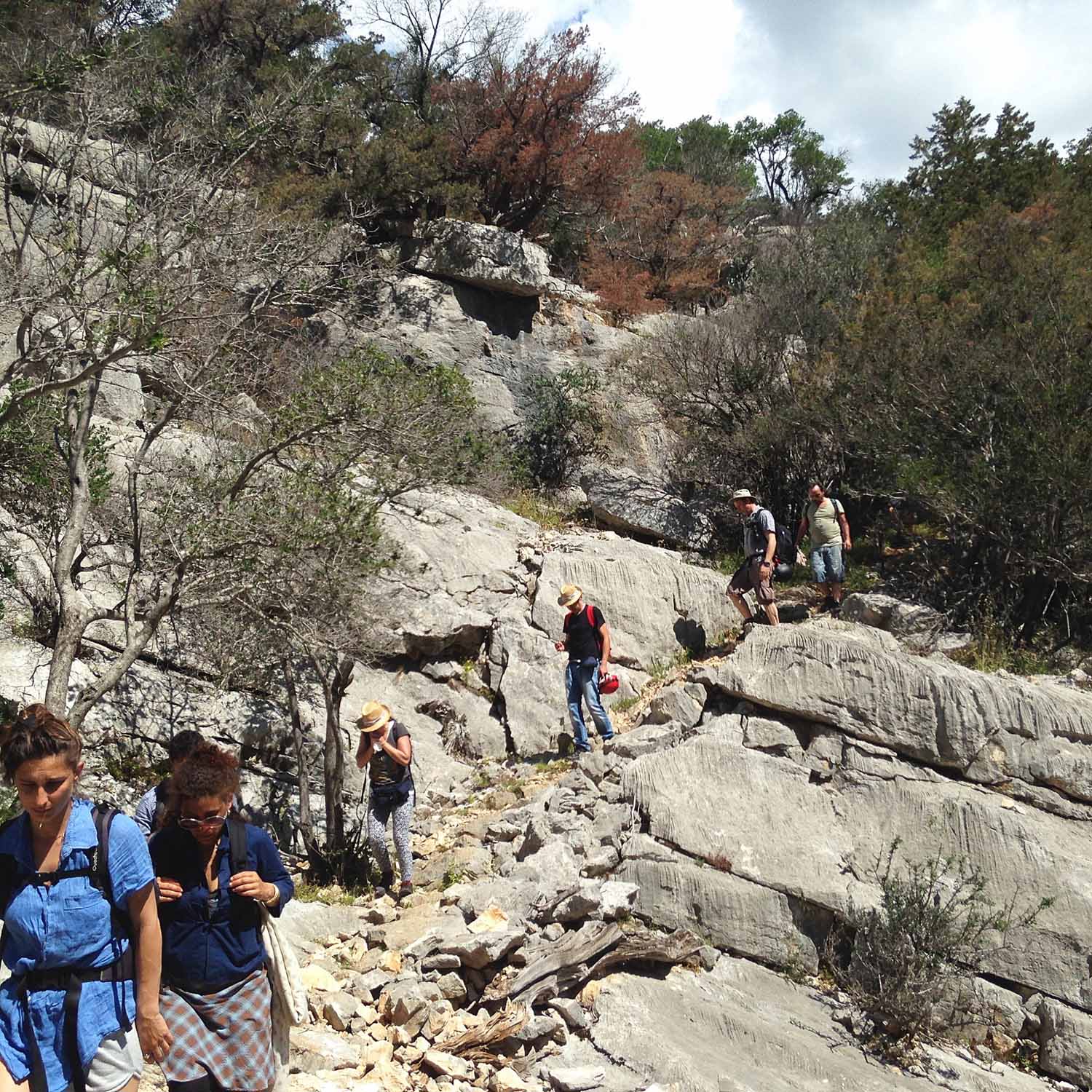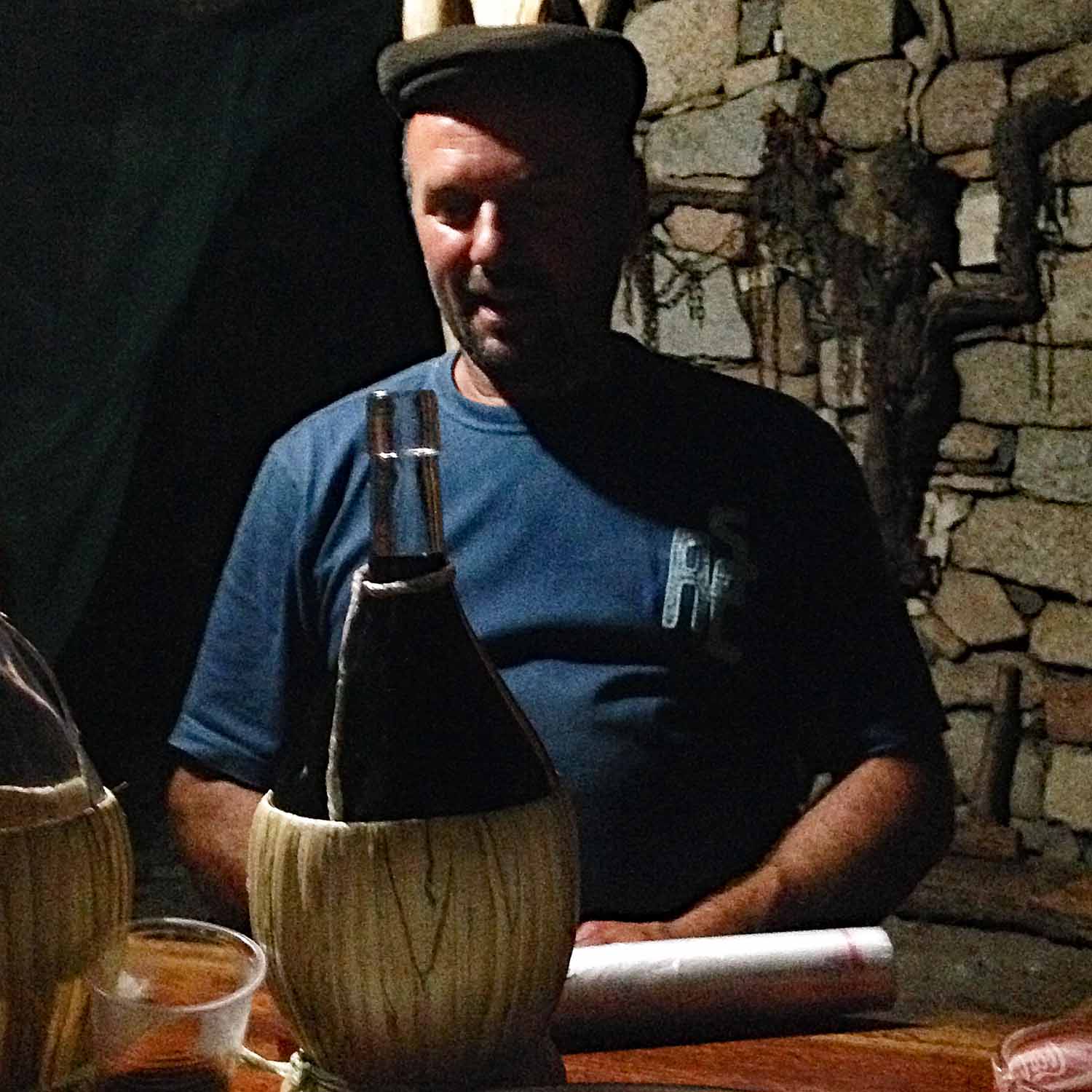Sardinia Unearthed
[Day 2]
by Rudston Steward
ardinia is a land of secrets: things are kept hidden here, below the surface, behind cold stares and warm smiles. Its history is enigmatic—the quasi-mythological Nuraghic civilization scattered an impressive series of stone towers about the island in the second millennium BCE, but left behind far more questions than answers. Its language is a riddle, an archaic blend of Latin, Catalan and Punic, as if designed to confound foreigners and foil eavesdroppers. Its landscape is deceptive, the glossy beaches of the glamorous northern coast concealing a vast mountainous and rugged interior. Its people can be prickly and stern, suspicious of outsiders, but also exuberantly jovial and fiercely loyal once you’ve gained their trust. Its rural society is still to a large extent governed by obscure codes of honour, unspoken traditions that bind.
In Sardinia, if you are to understand anything at all, you therefore have to search: decipher the codes, unmask the stares and smiles, listen to the strange songs, even sing them. Unearth the secrets stored in Sardinia’s landscapes—and the best way to do so, in my opinion, is to walk.
YOU THEREFORE HAVE TO SEARCH: DECIPHER THE CODES, UNMASK THE STARES AND SMILES, LISTEN TO THE STRANGE SONGS, EVEN SING THEM
Our Supramonte Safari trip starts in the mountains of the Barbagia region, near the town of Oliena in Nuoro province, and walks over four days to the coast at Cala Luna beach in the Gulf of Orosei. We are confronted with fascinating Sardinian oddities at every turn: weird polyphonic songs, wooden “su pinnetta” shepherds’ huts, wacky recipes for boiled sheep and myrtle decoctions, wicked bandits with woven baskets, and the spectacularly winding Gorropu Gorge.
The first day’s walk, from Su Gologone to the Flumineddu River, hides secrets of a different—geological—order. We climb a limestone escarpment, through dense maquis of holm oak, strawberry tree and lentisk, to the Nuraghic site of Tiscali: a deep cave-like depression invisible from below, home to a 15th century BCE Bronze Age settlement, and inhabited until as recently as the Middle Ages. Later, in the Lanaitto valley, we go deep underground, into the bowels of the Sardinian earth: a series of caverns, culminating in a gargantuan chamber of soaring stalagmites and dripping stalactites. If the timing is just right a singular ray of sunlight will shine through the hole at the top, illuminating the floor far below, casting its glow like a telluric spotlight.
CASTING ITS GLOW LIKE A TELLURIC SPOTLIGHT
There are no hotels on the Flumineddu River, so we camp on its banks for the night. For dinner we are hosted in a local shepherd’s hut by my friend Angelo. He wears a blue shirt, black beret, enigmatic smile, and never stops pouring wine from his bottomless flagon. Filling every glass right to the brim: “O bevete, bevete!” Drink up. He also never bothers to answer my question about his recipe—so one of the supreme Sardinian secrets still remains unanswered: how the hell can a boiled sheep taste so damn good?

